PART 1 - CONSTRUCTION OF THE WORLD'S HIGHEST 3S CABLEWAY
Start of the mammoth project
Markus Hasler, CEO of Zermatt Bergbahnen AG talks about the first phase of the construction of the world's highest 3S cableway.
PART 2 - CONSTRUCTION OF THE WORLD'S HIGHEST 3S CABLEWAY
A busy summer
Anton Lauber, Head of constuction of Zermatt Bergbahnen AG, gives insights into the work during the first summer.
PART 3 - CONSTRUCTION OF THE WORLD'S HIGHEST 3S CABLEWAY
Winter works on the mountain station
Andreas Heimann of Gasser Felstechnik AG talks about rock stabilisation, safety at work and special challenges.
PART 4 - CONSTRUCTION OF THE WORLD'S HIGHEST 3S CABLEWAY
The second summer
Markus Sigrist, General Manager of Leitner Schweiz AG gives a summary of the work completed in the second summer of construction.
PART 5 - CONSTRUCTION OF THE WORLD'S HIGHEST 3S CABLEWAY
High-wire act
There was tension in the air as the cables for the new Zermatt 3S cableway were ready to embark on the final stage of their journey, having travelled right across Switzerland to Cervinia in Italy and up to Lake Cime Bianche, also in Italy. The cables were attached to a preliminary cable with the aid of a temporary cable bridge and winched from Lake Cime Bianche (alt. 2'812 m) via Furggsattel (3'365 m) to Trockener Steg (2'939 m).
PART 6 - CONSTRUCTION OF THE WORLD'S HIGHEST 3S CABLEWAY
A snowy winter
30th January - the work on Europe's highest construction site started again. During the winter heavy snow fall was the biggest challenge at the construction site. Nevertheless the electomecanical parts were installed and the works at the roof and the cables were started.
PART 7 - CONSTRUCTION OF THE WORLD'S HIGHEST 3S CABLEWAY
Cable winching
Transporting the cables halfway across Switzerland to Italy and on to Trockener Steg was just half the story. The five cables still had to be moved into position from Trockener Steg. First, a temporary cable was installed to pull the support cables up to the mountain station on the Klein Matterhorn. These were then followed by the hauling cable. The hauling cable was winched the same way up to the mountain station and back down again, where it was spliced into a loop. This was far from easy, as it involved going over lifts and ski runs and spanning a total distance of nearly 2'800 metres across the glacier.




